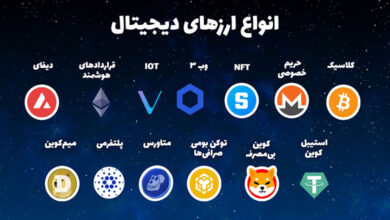DeFi: Decentralized Finance and the Transformation of the Financial System
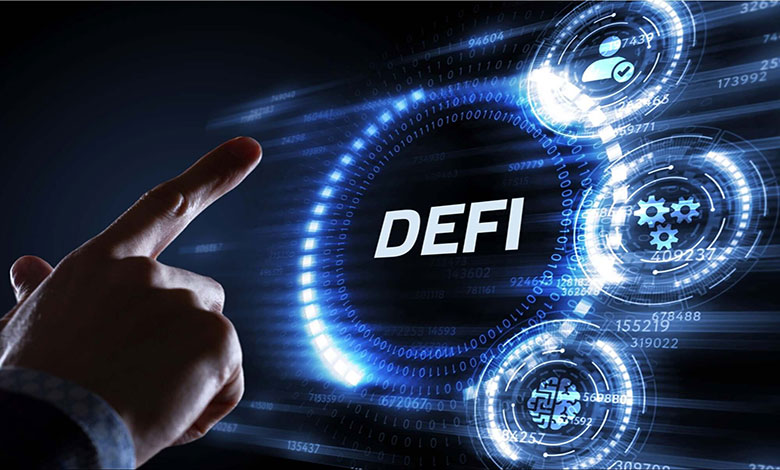
DeFi: Decentralized Finance and the Transformation of the Financial System
Introduction
In recent years, decentralized finance (DeFi) has brought about a profound transformation in the financial world. The emergence of cryptocurrencies and blockchain technology has introduced new opportunities to change and improve the traditional financial system. One of the most important innovations is Decentralized Finance (DeFi). DeFi has directly impacted the structure of traditional financial systems by enabling access to financial services without the need for intermediaries such as banks and financial institutions.
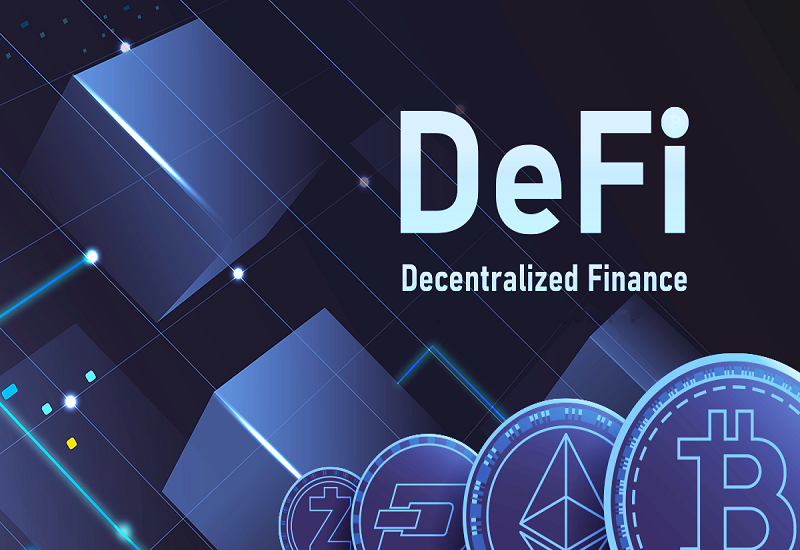
By leveraging smart contracts and blockchain networks, DeFi allows users to borrow, invest, transfer money, and even conduct financial transactions without the need for banks. This innovative technology, with its increased transparency, reduced costs, and global access to financial services, has attracted widespread attention.
In this article, we will examine the concept of DeFi, its operational mechanism, advantages, challenges, and examples of successful DeFi platforms. We will also take a look at the future of DeFi and assess its role in transforming the traditional financial system.
What is DeFi and How Does It Work?
DeFi, short for Decentralized Finance, refers to the ecosystem of financial services that operate on the basis of blockchain technology and smart contracts. Unlike the traditional financial system, which requires intermediaries such as banks and financial institutions, DeFi enables users to interact directly with one another and provide financial services. DeFi is built on blockchain networks such as Ethereum and is executed by smart contracts that automatically carry out transactions without human intervention.
Eliminating Intermediaries
In the traditional financial system, intermediaries such as banks, brokerage firms, and financial companies are required to conduct transactions like borrowing, investing, and payments. These intermediaries not only impose additional costs on users but also slow down the transaction process. In contrast, DeFi improves the speed and efficiency of transactions and reduces extra costs by eliminating intermediaries and establishing direct interactions between users.
Main Infrastructures of DeFi
- Blockchain: DeFi is primarily built on blockchains such as Ethereum. The blockchain acts as a decentralized ledger that publicly and immutably records all transactions and smart contracts.
- Smart Contracts: Smart contracts enable users to execute agreements and transactions automatically without intermediaries. These contracts are written as computer code and are executed automatically when predetermined conditions are met.
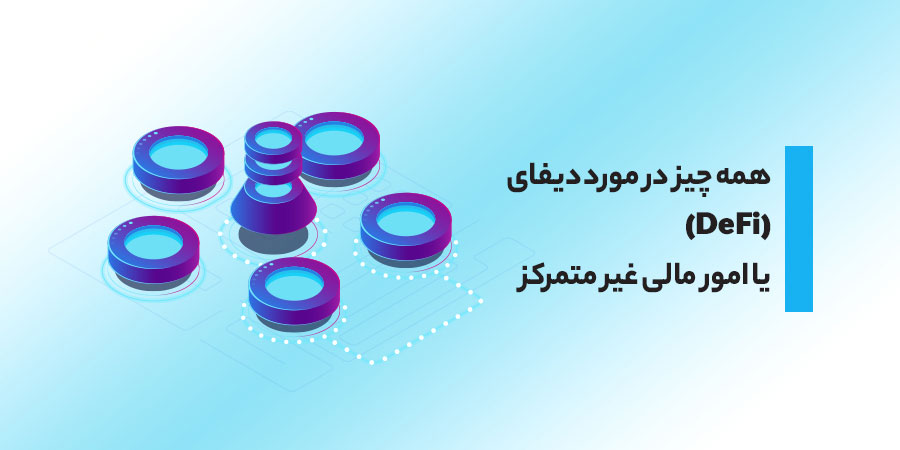
Comparing DeFi with the Traditional Financial System
In the traditional financial system, financial services are controlled and managed by financial institutions and banks. These institutions are not only responsible for financial transactions, but they also act as intermediaries. In contrast, DeFi gives financial control to the users. Users can access financial services without needing to rely on a central authority. In DeFi, there is higher transparency and security because all transactions and contracts are recorded on the blockchain and cannot be altered.
Advantages of DeFi
Due to its numerous advantages over the traditional financial system, DeFi is rapidly attracting users and investors. Some of the main advantages of DeFi include:
1. Greater Transparency
One of the greatest benefits of DeFi is its high level of transparency. All transactions and smart contracts are recorded on a public blockchain, and anyone can view them. This prevents any manipulation or fraud and helps build trust among users. Unlike traditional financial systems that are often shrouded in complex back-end processes, DeFi is completely transparent.
2. Global Access
DeFi allows users from around the world to utilize financial services without needing access to local banking systems. This is particularly important for people living in countries with weak financial systems. With DeFi, anyone with internet access can benefit from financial services.
3. Elimination of Intermediaries and Cost Reduction
In traditional systems, intermediaries such as banks and brokerage firms charge extra fees for transactions. In DeFi, these intermediaries are removed, and users can interact directly with each other. This results in reduced financial costs and increased transaction speed.
4. Full Control Over Assets
In DeFi, users have complete control over their assets. They do not need to entrust their funds to banks or financial intermediaries and can manage their assets using digital wallets and smart contracts. This signifies greater financial independence for users.
5. Financial Innovations
DeFi has paved the way for new financial innovations. Notable innovations include decentralized lending, decentralized exchanges (DEX), decentralized insurance, and even global payment systems. These services foster increased competition and reduce monopolies in financial markets.
Challenges and Limitations of DeFi
Despite all its advantages, DeFi still faces serious challenges and limitations. Some of these challenges include:
1. Security Issues
One of the biggest challenges for DeFi is security. While blockchain technology is generally secure, the smart contracts and DeFi protocols may contain vulnerabilities that hackers can exploit. In recent years, there have been reports of hacking attacks on DeFi platforms resulting in the loss of millions of dollars. Therefore, developers must continuously improve the security of DeFi systems.
2. Price Volatility and Investment Risks
Another challenge in DeFi is the severe price volatility of cryptocurrencies. DeFi users usually store their assets in digital currencies like Ether or Bitcoin, which may rapidly lose value due to high volatility. These fluctuations increase investment risks and can leave users in unfavorable situations.
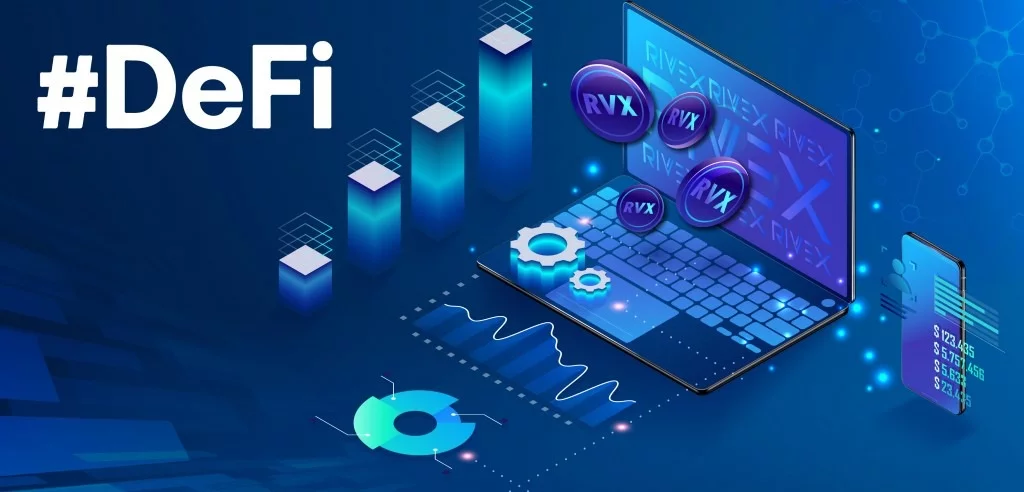
3. Legal and Regulatory Issues
The laws and regulations related to DeFi in many countries are not yet fully developed. The absence of clear legal frameworks creates ambiguities regarding user security and rights. Moreover, the lack of legal oversight can encourage fraud and illegal activities within the DeFi space. Governments and regulatory bodies need to establish appropriate legal frameworks to protect users’ rights and boost confidence in DeFi.
4. Complexity of Use
Due to its technical and complex nature, DeFi can be challenging for many ordinary users who are not sufficiently familiar with blockchain and cryptocurrencies. Users need to understand concepts such as digital wallets, smart contracts, and private keys to use DeFi. This complexity may hinder the widespread adoption of DeFi.
Examples of Successful DeFi Platforms
In the world of DeFi, several successful platforms play important roles in the development of this ecosystem. In this section, we introduce and explain some of these platforms:
- MakerDAO
- MakerDAO is one of the first and most popular DeFi platforms that allows lending and borrowing based on the DAI cryptocurrency. This platform utilizes smart contracts to secure collateral values and automatically execute loans.
- Aave
- Aave is a DeFi protocol that enables users to lend and borrow assets. It allows users to use their assets as collateral to obtain loans and also offers the opportunity to earn interest through staking.
- Uniswap
- Uniswap is one of the most renowned decentralized exchanges (DEX) that facilitates the trading of cryptocurrencies without intermediaries. Uniswap employs a system based on smart contracts that allows users to exchange cryptocurrencies directly with lower fees.
- Compound
- Compound is another DeFi lending platform that allows users to use their assets as collateral to borrow funds. This platform operates on smart contracts and automatically calculates and distributes interest on loans.
The Future of DeFi
As an advanced new technology, DeFi has tremendous potential to transform the global financial system. With continual advancements in blockchain and smart contract technology, DeFi could become one of the fundamental pillars of the financial system. Some analysts believe that in the near future, DeFi may replace many traditional financial services and play a crucial role in facilitating global financial transactions.
Broader Adoption by Financial Institutions
While DeFi is currently used primarily by individual users and small investors, it is expected that major financial institutions will adopt this technology in the near future. Banks and financial institutions could utilize DeFi to reduce operational costs and increase the efficiency of their systems.
DeFi 2.0
With the emergence of a new generation of blockchains and DeFi tools, the concept of DeFi 2.0 is taking shape. This new generation of DeFi focuses on enhancing security, reducing transaction costs, and increasing scalability. These changes could help pave the way for broader adoption of DeFi and boost public trust in this technology.
Conclusion
DeFi, as one of the most significant innovations in blockchain technology, holds great potential to transform traditional financial systems. By offering more transparent, cost-effective, and accessible financial services, DeFi could play an important role in establishing a global, borderless financial system. However, challenges related to security, price volatility, and legal issues must be addressed for this technology to fully realize its place in the financial world.



